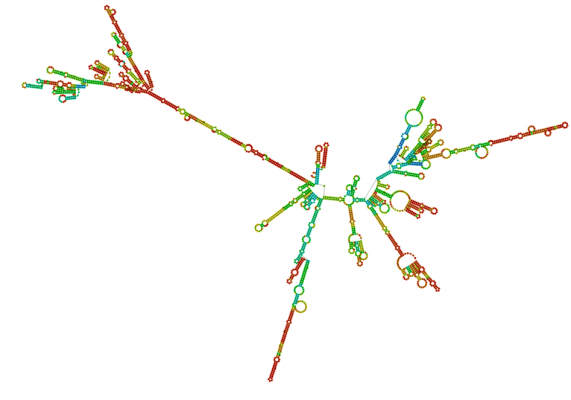What are they?
Oligonucleotides or ‘oligos’ – the term commonly used among scientists – are small strands of DNA or RNA that can be found naturally in the cells of living beings and can be synthesized, modified, and produced by chemical and biological methods. Oligonucleotides are extraordinarily important in research and development since they are the starting point for a wide range of biochemical processes and are part of many biotechnological and pharmaceutical applications, from diagnosis, such as PCR, to the development of new drugs and the most advanced experimental therapies and commercial drugs.

•
Exceptional molecules
Each oligonucleotide maintains a chemical structure analogous to that of DNA and RNA and, like these molecules, is capable of adopting specific three-dimensional structures, or interacting with cellular machinery to produce a physiological effect.
This gives them outstanding properties as active molecules for the development of new drugs. Scientists can rationally and easily tailor and design oligonucleotides to adopt these forms or interact with the cellular machinery to achieve a desired therapeutic effect.
They can act as molecular templates that detect genomic material from pathogens and genetic diseases and bind to a wide array of molecules and proteins. Based on various technologies, oligonucleotides-based therapies seek to interact with cellular processes in the cellular machinery, triggering and modulating their mechanisms.

 Español
Español